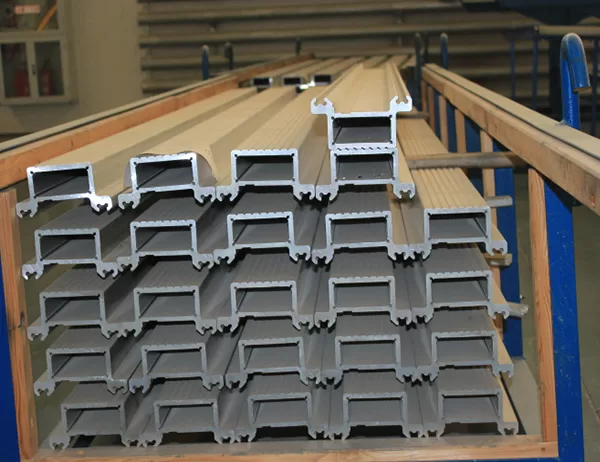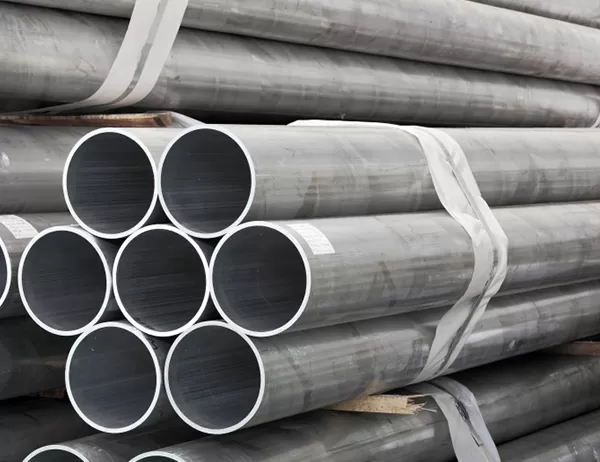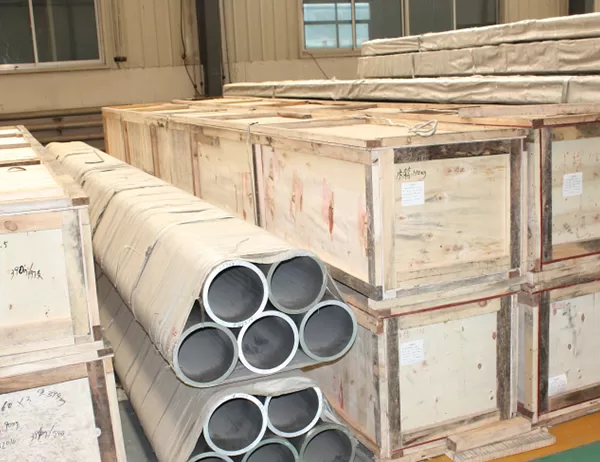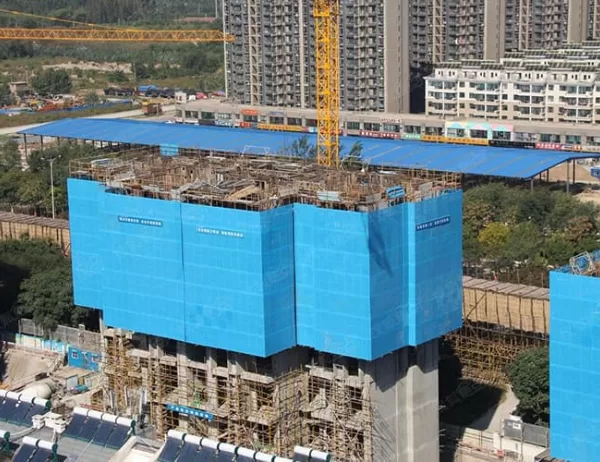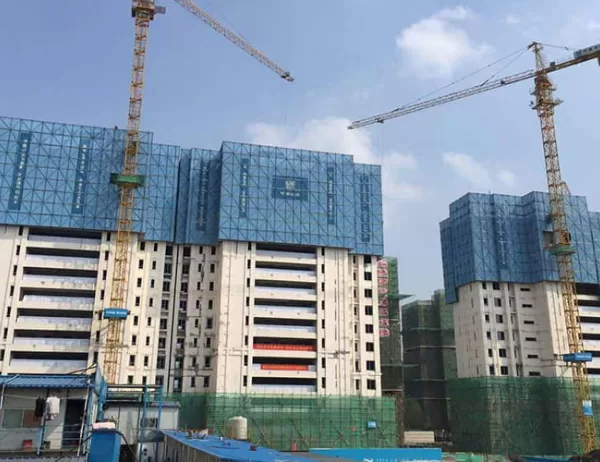In the realm of architectural ingenuity, where form meets function, the humble 8mm aluminium sheet has emerged as a versatile and transformative material. Its inherent strength, lightweight structure, and corrosion resistance make it an ideal choice for a myriad of structural applications, pushing the boundaries of architectural design.
Strength and Durability: A Foundation for Innovation
With a tensile strength comparable to steel, 8mm aluminium sheets provide exceptional structural integrity. This strength enables their use in load-bearing applications, such as beams, columns, and supports. Their ability to withstand heavy loads without compromising structural stability makes them suitable for high-rise buildings, bridges, and other demanding structures. Additionally, their resistance to rust and corrosion ensures longevity and reduces maintenance costs over time.
Lightweight and Versatile: Unlocking Creative Possibilities
Weighing significantly less than steel, 8mm aluminium sheets offer architects and engineers unprecedented design freedom. Their lightweight nature allows for the creation of intricate and expansive structures without the need for massive support systems. This versatility enables the design of complex curves, cantilevers, and other unconventional forms that would be impractical with heavier materials.
Sustainability and Efficiency: Embracing Environmental Responsibility
8mm aluminium sheets are highly recyclable, contributing to a sustainable built environment. Their production requires less energy than steel, and their longevity reduces the need for frequent replacements, minimizing environmental impact. Additionally, the lightweight nature of aluminium facilitates transportation, reducing carbon emissions during construction.
Fire Resistance and Safety: Ensuring Peace of Mind
Aluminium’s high melting point and low flammability make 8mm aluminium sheets inherently fire resistant. In the event of a fire, they will not ignite or release toxic fumes, safeguarding occupants and minimizing structural damage. This characteristic is crucial for buildings such as hospitals, schools, and other high-occupancy structures where safety is paramount.
Conclusion
The use of 8mm aluminium sheets in structural design has revolutionized the construction industry. Their exceptional strength, lightweight structure, corrosion resistance, sustainability, fire resistance, and versatility empower architects and engineers to create innovative and durable structures. By harnessing the unique properties of this remarkable material, we can shape a future where architectural dreams take flight and structural integrity meets environmental responsibility.
